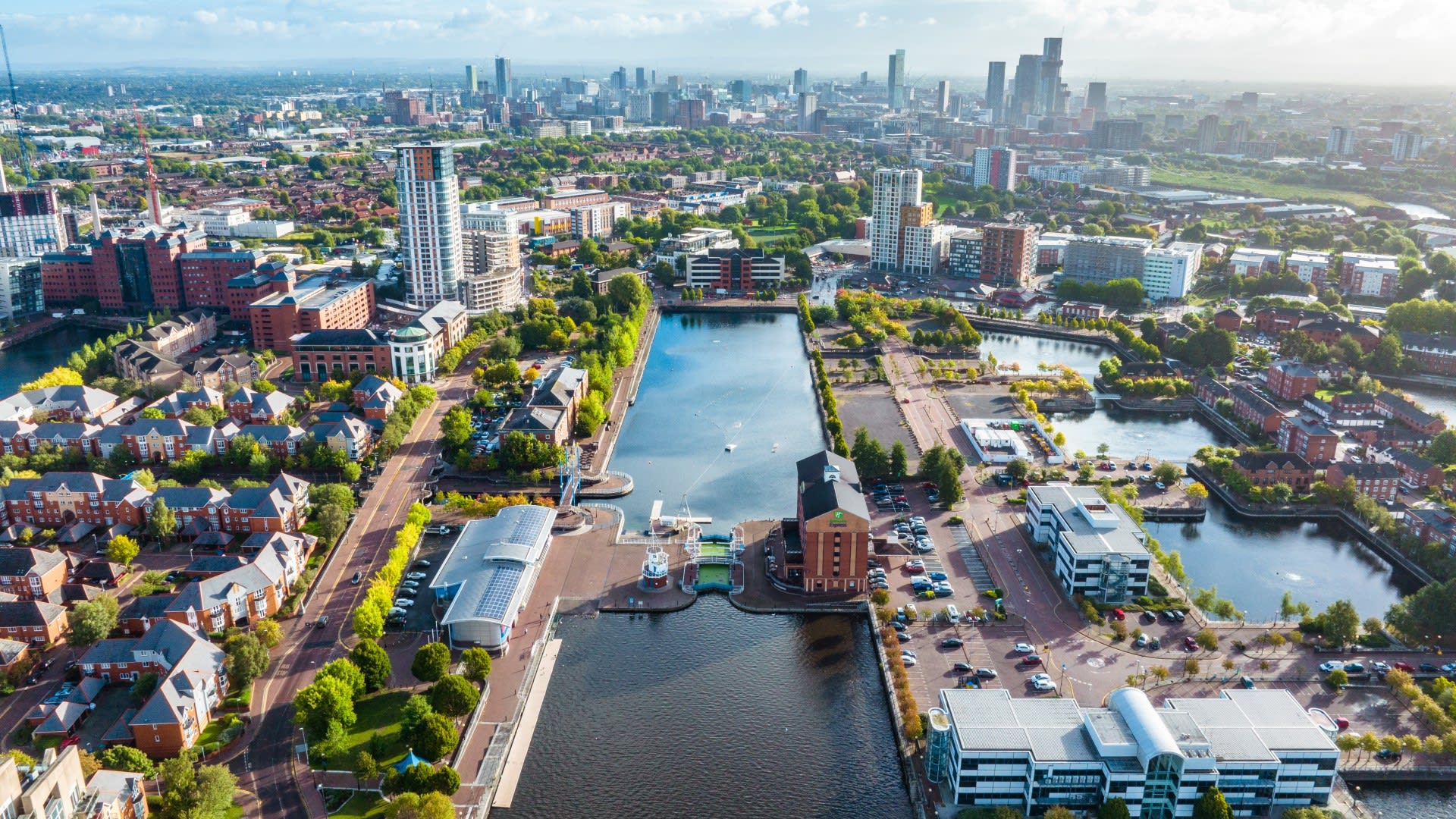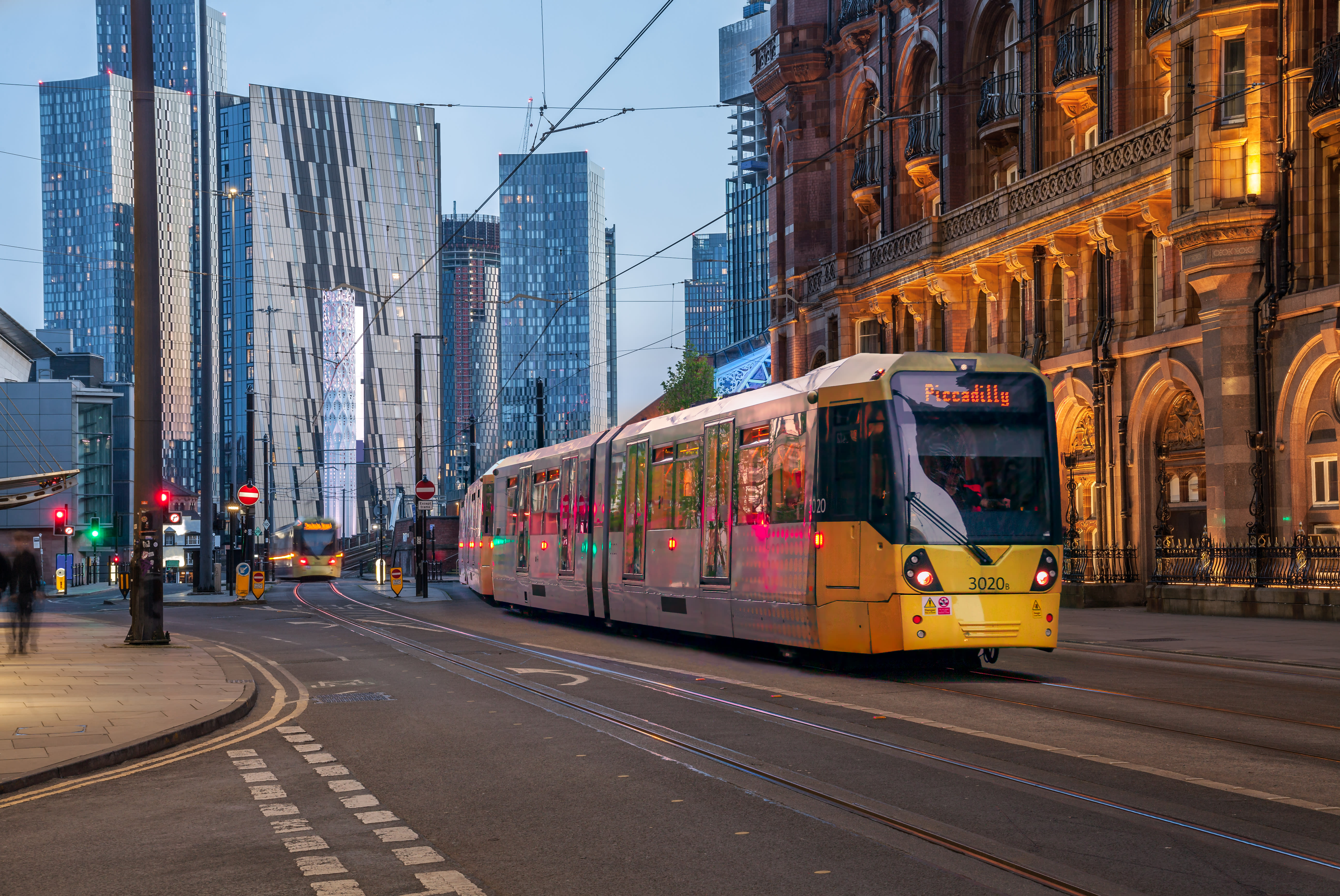JLL’s latest tenant survey.
For JLL’s latest tenant survey we asked our tenants to provide us with some insight on what exactly they want from their homes and how this could change in the future. More than 950 responded. The current cost of living crisis we are experiencing,
coupled with memories from the pandemic have forced us to re-think what is important to us, particularly when we think of our homes.
88% of tenants are currently happy with where they live, with just 12% of respondents saying they were unhappy in their current home.
The majority (60%) of respondents spend between 30 and 40% of their income on rent.
How are tenants living priorities evolving?
Back in May 2022, we surveyed JLL’s prospective buyers to similarly understand how their living priorities and views of their home have changed over the past few years.
There are some common themes between tenants and buyers: a strong desire for private outdoor space and proximity to leisure, entertainment, and open space. Unsurprisingly, there is an increased importance of energy efficiency and the running costs of a home amongst tenants.
Outside space
Memories of lockdown continue to influence tenants in their views on outside space. 52% of respondents said private outside space was more important to them now, with less than 10% of respondents rating it as less important. As well as private outside space, proximity to shared greenspaces also ranked highly on tenants wish lists. Just over half (51%) of respondents now placed higher importance on access to shared greenspace and parks, with less than 8% seeing this attribute as less important.
Energy efficiency
Rising inflation and costs of living pressures are concerning for both tenants and purchasers. 66% of survey respondents rated energy efficiency and running costs as more important now than pre-pandemic. With further increased to the energy price cap expected in October 2022, we anticipate tenants will pay more attention to the efficiency of their rented homes moving forward. This is good news for landlords with more efficient properties, particularly new or recently built homes. JLL analysis of EPC data shows that homes in bands A-C will be paying on average £3,246 less per annum on their energy bills than homes in band G.
Public transport
Connectivity and the location in which they are based is still important to tenants. Over half (51%) of respondents still consider proximity to public transport as more important now versus pre-pandemic, with just 5% seeing it as less important. And despite most tenants working from home an average of 3 days a week, the distance of their home to the workplace is more important now than it has been before.
Number of days tenants work from home each week

Importance of neighbourhood
So, location matter to tenants. Not just the proximity to transport connections and the workplace, but the feel of the neighbourhood and the quality of pubs, restaurants, cafes and shops locally. Most want to live centrally and be amongst the vibrancy of living in a city or town centre. Just 11% of respondents saw the quality of pubs and restaurants in their neighbourhood as less important than pre-pandemic, with 36% rating the quality of local amenities as more important now.
Importance of home aspects: now versus pre-pandemic

Which amenities command the greatest premium?
As part of our search to identify which amenities were most valued by tenants, we asked which amenities tenants already have in their building, and for those they didn’t have, if they would be prepared to pay a premium for.
Almost half of tenants already feel they have fast broadband speed, with over 40% having access to a gym and a third having access to shared outside space.
Amenities tenants already have

What amenities would tenants be prepared to pay a premium for?
When looking at amenities tenants do not have in their current property, over a third of respondents would be prepared to pay more for private outside space, followed by 28% for a swimming pool and 23% for a gym.
Although fewer tenants would be prepared to pay for co-working spaces, over 400 respondents agreed it would be nice to have. This was a similar story for a residents lounge/bar, shared outside space and smart home tech.
Amenities which residents would potentially pay more for

Where next?
Over 60% of tenants are expecting that their next home will be another rental property. This is a likely result of the increased costs of living alongside rising mortgage rates, which has made it difficult for many to save for a deposit, but also harder to obtain the debt required. With the existing Help to Buy scheme due to end in October 2022, will we see more residents continue to rent their homes, as buying becomes less obtainable?
Tenants next property

So, what does this mean for rental homes in the future?
Tenants appear to be far more drawn to amenities based around leisure and open space, and to an extent, the privacy of having your own outside space. We see similar trends amongst buyers who often seek private outside space or proximity to green open spaces. Leisure based amenities are likely to be able to command a premium on rental prices.
That being said, it appears that co-working spaces, residents’ lounges and more communal based amenities would still be appreciated by tenants and would likely help to encourage residents to a scheme. Although build with these amenities may not be able to charge a premium rent, the availability of these facilities would, we expect, increase demand and mitigate voids for landlords.
What would tenants like to change about their home?
It is clear that for the majority of tenants, their choice of rental property is a balancing act, with prospective renters weighting up space, location, facilities and price. Unsurprisingly, when tenants were asked what they would like to change about their home, most said they wanted more space, however this was often tied with wanting improved affordability, mainly referring to their rental budgets. Looking ahead, tenants are likely to be most attracted to rental homes in which they feel they get ‘the most value for their money’. This is likely to include or be within proximity to, some sort of leisure facility, be close to transport connections and be in a central location surrounding by good local amenities.
The JLL Tenant Survey 2022 was conducted in July 2022 with a total of 954 respondents. This included responses from both AST and BTR tenants.
About JLL
JLL is a leading global professional services firm specialising in real estate and investment management, with $16.6bn annual revenue in 2020, operations in over 80 countries and a global workforce of over 90,000. With over 7,000 employees and 15 offices in the UK, we support our investor, developer and occupier clients at every stage of the property lifecycle across both commercial and residential asset classes. This includes land purchase, access to capital, planning, development advisory, leasing, building management and sales.
JLL’s Residential and Living team consists of over 300 professionals who provide a comprehensive end-to-end service across all residential property types, including social housing, private residential, build to rent, co-living, later living, healthcare and student housing.
Disclaimer: © 2022 Jones Lang LaSalle IP, Inc. All rights reserved.
Data within this report is based on material/sources that are deemed to be reliable and has not been independently verified by JLL. JLL makes no representations or warranties as to the accuracy, completeness or suitability of the whole or any part of the report which has been produced solely as a general guide and does not constitute advice. No part of this publication may be reproduced or transmitted in any form or by any means without prior written consent of JLL. JLL, its officers, employees shall not be liable for any loss, liability, damage or expense arising directly or indirectly from any use or disclosure of or reliance on such report. JLL reserves the right to pursue criminal and civil action for any unauthorized use, distribution or breach of such intellectual property.




